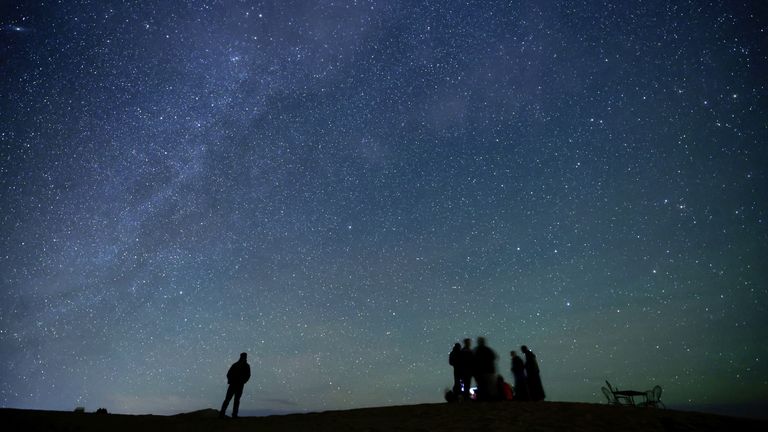A mystery interstellar object discovered by British astronomers is most likely the oldest comet ever seen.
The “water ice-rich” visitor, which has been given the name 3I/ATLAS, is the first object to reach us from a completely different region of our galaxy, researchers have said.
Just two other objects have entered our solar system from elsewhere.
Unlike its predecessors, 3I/ATLAS seems to be travelling on a steep path that suggests it came from the Milky Way’s “thick disk”, an area of ancient stars that orbits above and below the thin plane where most stars reside.
University of Oxford astronomer Matthew Hopkins explained: “All non-interstellar comets such as Halley’s Comet formed with our solar system, so are up to 4.5 billion years old.
“But interstellar visitors have the potential to be far older, and of those known about so far our statistical method suggests that 3I/ATLAS is very likely to be the oldest comet we have ever seen.”
3I/ATLAS could be about three billion years older than our solar system.
It was first spotted on 1 July 2025 by the ATLAS survey telescope in Chile, when it was roughly 670 million kilometres from the sun. Earth is 149 million km away from the sun.
Professor Chris Lintott, the co-author of the study, said: “This is an object from a part of the galaxy we’ve never seen up close before.
“We think there’s a two-thirds chance this comet is older than the solar system, and that it’s been drifting through interstellar space ever since.”
Read more from Sky News:
Bacteria with ‘unique ability’ found on space station
Why do the moons two sides look so different?
As 3I/ATLAS gets closer to the sun, sunlight will heat its surface and trigger the outgassing of vapour dust that creates a comet’s glowing tail.
Members of the public could be able to catch a glimpse of 3I/ATLAS in the coming months, as researchers say it should be visible through reasonably-sized amateur telescopes in late 2025 and early 2026.




